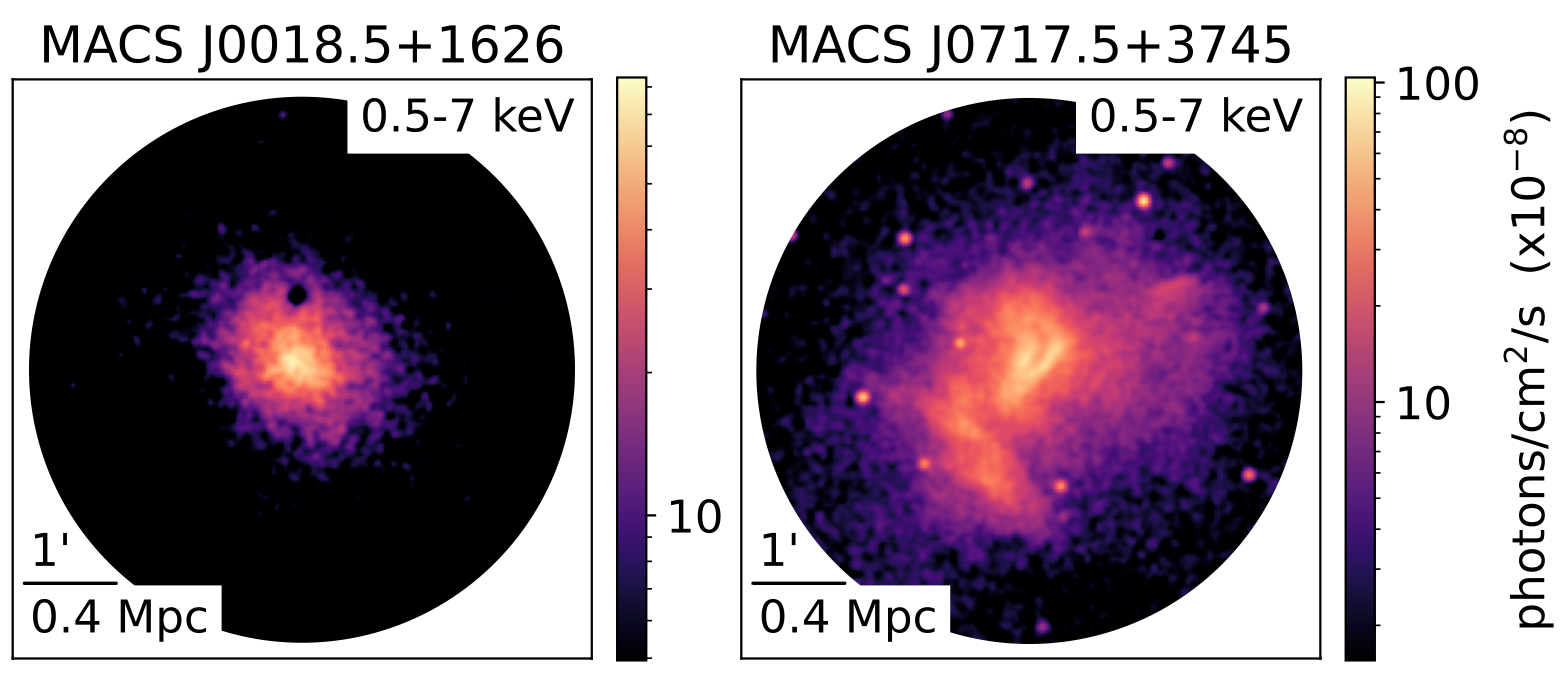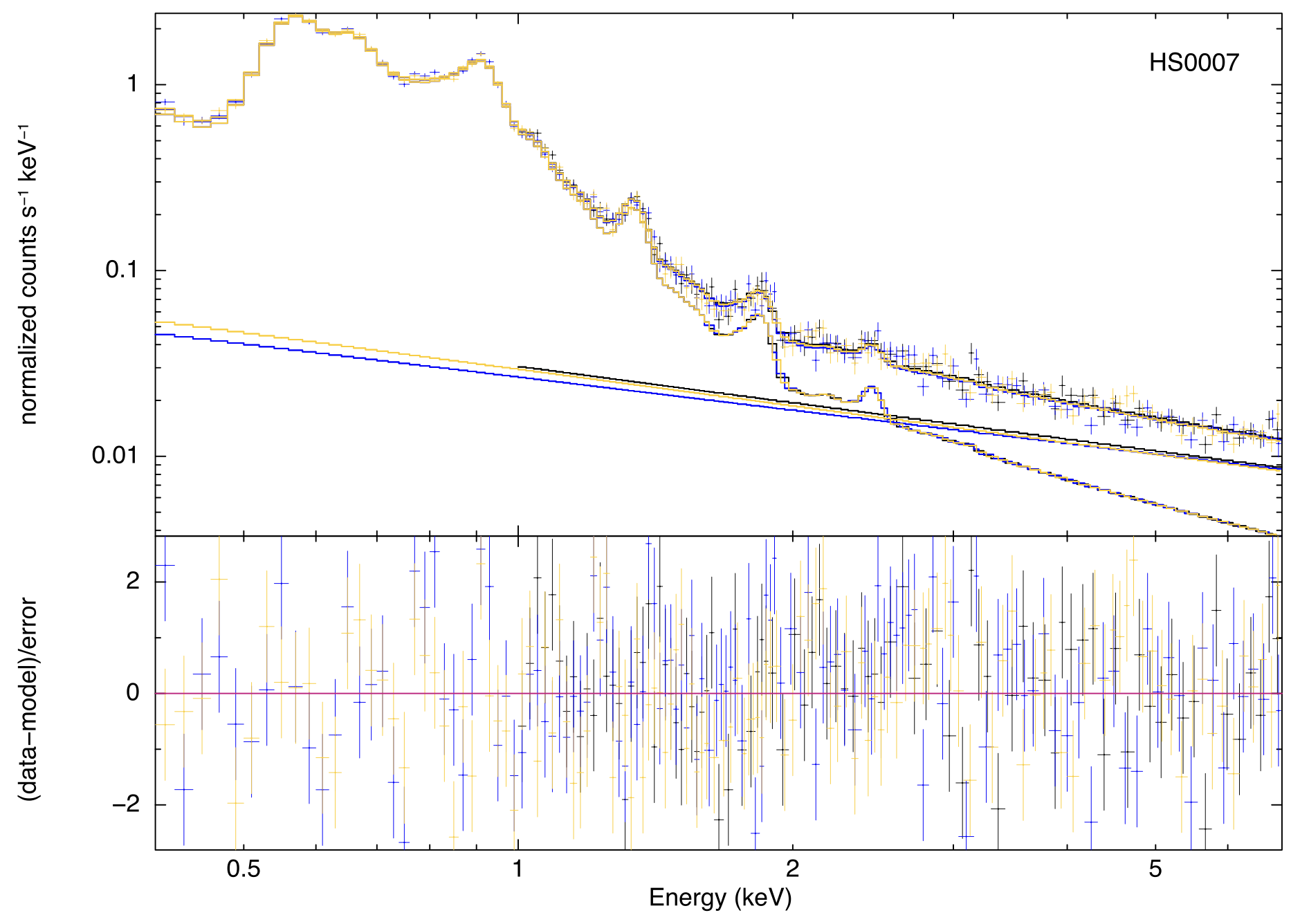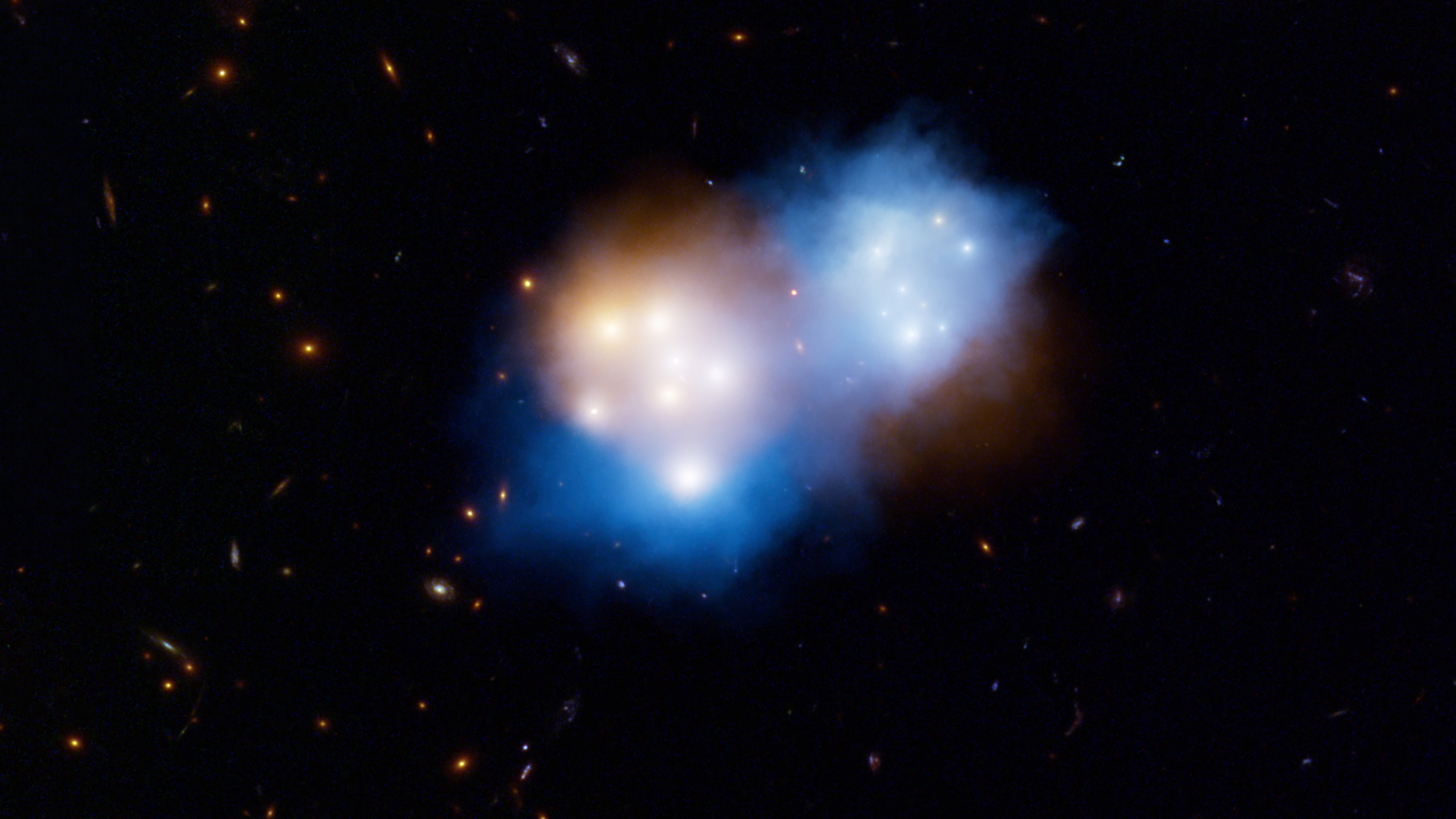
ICM-SHOX. Paper I: Methodology overview and discovery of a gas--dark matter velocity decoupling in the MACS J0018.5+1626 merger
We present Improved Constraints on Mergers with SZ, Hydrodynamical simulations, Optical, and X-ray (ICM-SHOX), a galaxy cluster sample and analysis pipeline to determine cluster merger parameters by comparing multi-probe observables to mock observables derived from hydrodynamical simulations. We apply the ICM-SHOX framework to the galaxy cluster merger MACS J0018.5+1626 to determine the system geometry, and we further discover a velocity space decoupling of the gas and dark matter distributions in MACS J0018.5+1626.





